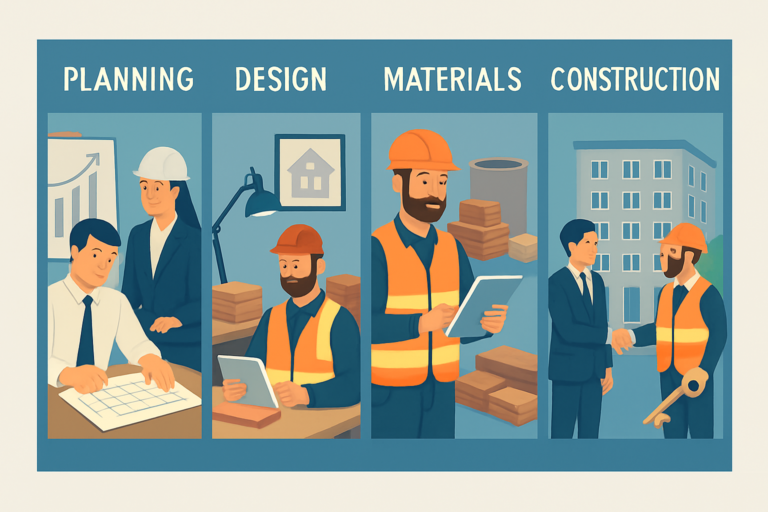
If you have been to the circus and toured the tent where the elephants rest and are fed, you will see that large, two-to-three-ton elephants are tethered to a small wooden stake with a small chain around the ankle of one of their hind legs. This tiny wooden stake driven into the ground could be pulled up in a nanosecond, and the elephant could run away.
But the large elephants never pull on the stakes, and they rock back and forth peacefully, eating hay and drinking water. I have always wondered why the grown elephants are so passive with the small chain around their ankles attached to such a small stake driven into the ground. Elephant trainers have learned that when a baby elephant is first being trained, it is staked to a large log or a big tree and cannot possibly detach itself from the chain around its ankle.
The baby elephant will pull on the chain, and the large log or tree will not move. Eventually, the baby elephant gives up and knows that the chain around its ankle means that it cannot become free. Once an elephant has been conditioned by the chain around its back foot, even the largest two-to-three-ton elephants will not try to move since the elephant believes, through conditioning, that it is tied to a big stake or large tree.
Many doctors behave as if they are like elephants. They are conditioned by habits that they learned years ago and will not break free or leave their comfort zones. They don’t take risks and challenge the boundaries of something new. Instead, they become creatures of habit and perform their craft with the skills and behaviors learned years earlier.
So, what are the chains and stakes holding us back, and how can we break free of old habits and embrace new ones that make us better doctors?
Bad habits (metaphorical chains and stakes) holding us back
Until a few decades ago, only doctors performed procedures or touched patients. Now, we have physician assistants and nurse practitioners who can perform many procedures and conduct care on behalf of the doctor, resulting in improved efficiency and, ultimately, enhanced productivity. Another example is having assistants rather than physicians remove sutures or change a dressing.
These are just a few examples of when we could delegate tasks to others. We need to break the chain of doctors doing everything and move into an area where doctors should do only what doctors can do and allow others with training to do other aspects of care. In other words, we must practice at the top of our license.
Nothing in the Hippocratic Oath states that our practice has to open at 8:30 a.m. and that we must stop seeing patients at 5 p.m. You can break the chain of traditional office hours by having office hours earlier in the morning, 7–9, or later in the day, 6–8 p.m. Having clinic hours that are convenient for patients will make your practice very attractive to those wishing to see doctors before they go to work or at the end of their workday.
Traditionally, doctors’ offices bill patients at the end of the doctor-patient encounter. Instead of billing patients for our services after we have provided them, you can break the chain by collecting the co-pay and balances before the patient is seen by the doctor. This payment method can be accomplished using touchscreen technology in the reception area.
Thirty years ago, I recall prescribing a 10–14-day course of antibiotics for women with uncomplicated cystitis/UTIs. Those were the chains holding me to this antiquated method of managing uncomplicated UTIs in women. Now, good data show that a one-to-three-day course of antibiotics in selected patients is adequate.
Before the pandemic, doctors were not comfortable having virtual visits with patients. When the pandemic impacted our nation from 2020–2022, and it was difficult for patients to come and see the doctors in brick-and-mortar facilities, we learned that we could successfully manage patients without having to examine them. Also, telemedicine was in favor when CMS agreed to reimburse physicians at the same rate as an in-office visit. The chains of traditional patient care were removed.
Bottom line: Doctors have numerous chains that hold us back and prevent us from being more efficient, productive, and profitable. Let’s not forget that as doctors, we must always be learning and growing and that it is necessary to leave our comfort zones. What we learned in medical school and during residency and fellowship training may not apply to today’s patients. My take-home message is to discard the chains and try new ideas and methods of caring for our patients.
Neil Baum is a urologist.






